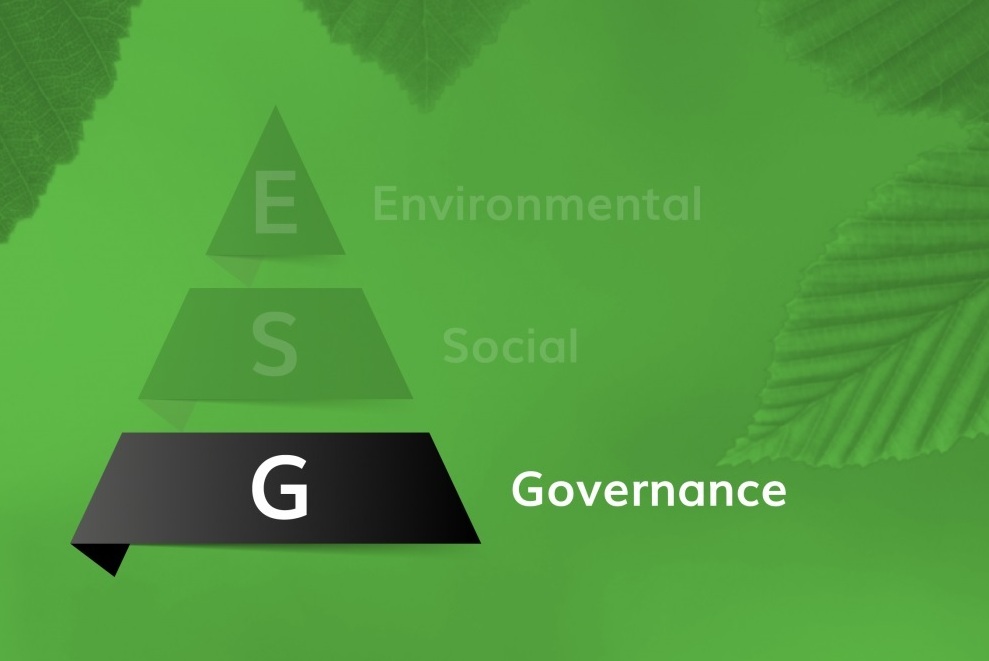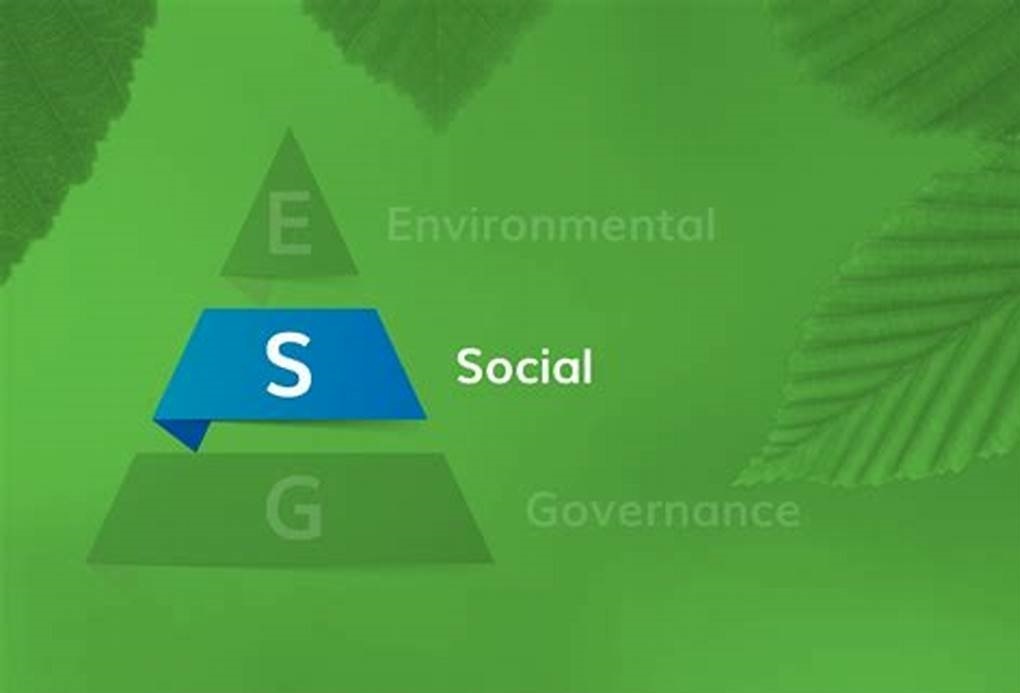As environmental challenges continue to loom over the world's future, communities hold the key to driving sustainability. From climate change mitigation to resource conservation, the role of collective action has never been more critical. Community engagement in sustainability offers a path to meaningful, long-lasting change, ensuring that local voices are at the forefront of development initiatives while fostering environmental stewardship and social equity.
What Does Sustainability Engagement Entail?
Sustainability engagement is more than raising awareness; it is about inspiring action. It involves:
1. Awareness: Educating individuals on issues like climate change, resource conservation, and waste management.
2. Behavioral Change: Encouraging sustainable practices such as energy conservation, waste reduction, and eco-friendly consumption.
3. Community Participation: Supporting initiatives like urban gardens, recycling programs, and renewable energy projects at the local level.
4. Organizational Action: Promoting sustainability in public and private sectors through green policies and corporate culture.
5. Advocacy and Activism: Mobilizing efforts to influence policies, participate in protests, and share information to inspire others.
At its core, sustainability engagement seeks to equip people with the tools and motivation to integrate sustainable practices into their daily lives, reducing their environmental impact.
The Benefits of Sustainability Engagement
For Organizations:
1. Competitive Advantage: Businesses that prioritize sustainability resonate with eco-conscious consumers, building loyalty and enhancing brand reputation.
2. Market Opportunities: The demand for sustainable products opens new avenues for innovation and growth.
3. Cost Savings: Energy efficiency, waste reduction, and sustainable supply chains lead to financial benefits.
4. ESG Compliance: Engagement in sustainability aids organizations in meeting environmental, social, and governance goals, ensuring compliance and accountability.
5. Positive Impact: Companies can play a pivotal role in shaping a sustainable future while addressing their corporate social responsibilities.
For Communities:
1. Improved Quality of Life: Sustainable practices create healthier, greener living environments.
2. Enhanced Social Equity: Collaborative efforts ensure that marginalized groups have a voice in development initiatives.
3. Environmental Stewardship: Localized efforts can drive significant ecological benefits, such as biodiversity conservation and resource efficiency.
The Role of Institutions: Educational institutions are instrumental in sustainability engagement by:
1. Supporting Education for Sustainable Development (ESD): Integrating sustainability into curricula equips students with critical skills and values.
2. Establishing Green Campuses: Initiatives like waste segregation and renewable energy adoption create learning models.
3. Community Integration: Schools and universities act as hubs for local sustainability projects, bridging knowledge and action.
Building Trust and Collaboration
Successful community engagement begins with fostering trust among stakeholders—residents, government agencies, businesses, and non-profits. Transparency, active listening, and inclusivity are key. Collaborative workshops and open forums allow diverse groups to co-create solutions that address local priorities while aligning with sustainability goals.
Community Engagement for Sustainable Development
Active community involvement is critical to achieving sustainable development. The following aspects are integral to engaging communities to set on development path that is sustainable:
- Empowering Local Voices: Inclusion of underrepresented groups ensures equitable outcomes.
- Co-Designing Solutions: Collaborative planning leads to culturally sensitive, contextually appropriate initiatives.
- Raising Awareness: Education programs help communities adopt sustainable practices, making long-term change possible.
Case Study: Pune’s Zero Waste Model
Pune, India, has emerged as a leader in sustainable waste management through its decentralized waste collection model. This initiative—a collaboration between the Pune Municipal Corporation (PMC) and SWaCH (a cooperative of waste pickers)—showcases the power of community engagement in achieving sustainability.
Key Features:
1. Community Involvement: Over 3,000 waste pickers are employed, providing livelihoods while ensuring efficient waste management.
2. Decentralized Approach: Waste is segregated at the source, significantly reducing landfill dependency.
3. Public Awareness: Educational campaigns promote responsible waste segregation among residents.
Impact:
- Waste Diversion: Approximately 50% of the city’s waste is recycled or composted.
- Livelihood Generation: Thousands of informal workers now earn a stable income.
- Environmental Benefits: Reduced landfill usage lowers methane emissions and groundwater contamination.
Relevance to India: This model highlights scalable solutions for urban waste management, addressing India’s growing waste crisis while emphasizing the importance of community-driven approaches. Including this case in discussions on sustainability engagement underscores the value of local participation and innovation.
Conclusion
Community engagement is the cornerstone of sustainability. By empowering individuals and organizations, fostering collaboration, and promoting education, we can create a collective momentum toward a sustainable future. Initiatives like Pune’s zero-waste model exemplify the transformative power of inclusive, community-driven solutions. As we strive to address global challenges, let us recognize that the path to sustainability begins in our communities, with every voice contributing to a harmonious and resilient world.

















.jpg)




